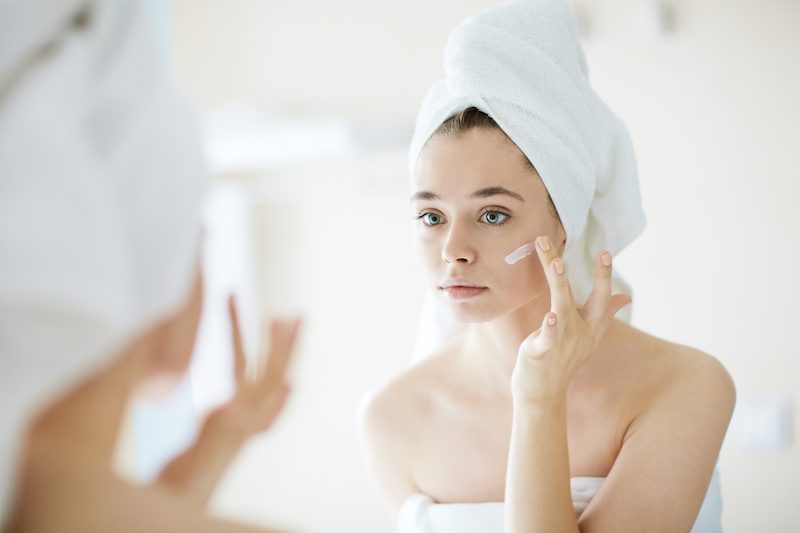Healthy, radiant skin is the goal of any beauty routine, and moisturising is a must. However, are you aware of what a good moisturiser accomplishes for your skin? Are you making appropriate use of it? If you answered “no,” don’t worry; this article can assist. Learn all you need to know about face moisturisers, from how often to apply moisturiser to your face to what kind of moisturiser works best for your skin.
For what purpose is a moisturising lotion used?
You’re correct in your assumption that a hydrating face moisturiser’s primary function is to prevent dry skin from becoming even drier by replenishing lost moisture. A lot more, and let’s get into that in a moment, can be accomplished with the help of a good moisturiser.
Keep your skin looking fresh by moisturising it.
The skin on your face, ears, neck, and chest is constantly replaced since they are the most vulnerable. These regions are at the most significant risk for skin cancer since they are constantly exposed to the constant shedding of skin cells. Applying face moisturisers may give your delicate skin the boost it needs to recover and maintain health.
The risk of skin issues is reduced by using a moisturiser.
Using a suitable moisturiser for your skin type might aid in preserving its health and vitality. Many skin issues, including acne, manifest when skin is excessively dry or too greasy. Dermatologists recommend that those with oily skin seek lotions rather than creams, and those with combination skin attempt to locate a moisturiser containing an exfoliant. Look for creams since these often offer more oil for dry skin.
Avoid Getting Too Dry
Did you know that your skin may lose moisture when exposed to cold or hot temperatures, air conditioning, or interior heat? This is where an excellent moisturiser comes in. It does more than only restore lost moisture; it also works to keep the air wet.
Aid in the Fight against Acne
Adding additional moisture to oily skin can seem counterintuitive, but it works. Consider that your glands are generating extra oil by getting the signal from dry skin, which might clog your pores and lead to breakouts. Therefore, if the skin is well moisturised, it is less likely to produce excess oil.
It’s the cherry on top of a steamy shower.
A hot shower might feel wonderful and revitalising, but it also causes significant dryness to the skin. After cleansing, a quick application of moisturiser will leave your skin feeling soft, smooth, and protected from the elements and the day’s pressures.
When is the right time to apply moisturiser?
Moisturise your face every morning and night after washing it. The morning is the time to use a lightweight moisturiser. Go for something heartier in the evening. Rich lotions, influenced by collagen and elastin proteins, rejuvenate the skin’s radiance with 100% safflower oil, leaving the skin feeling silky and smooth. Don’t want to switch to a different facial moisturiser in the morning and at night?
You already know that twice-daily moisturiser applications are necessary, but is it also beneficial to use moisturiser just before bed? Sure, but here’s a pro tip: let it take at least half an hour to sink into your skin before you hit the hay.
Instructions for Keeping Your Face Hydrated
After cleansing, you apply a moisturiser; here’s how:
- The first step in applying moisturiser after washing your face is to pat it dry.
- Use light, upward strokes while applying moisturiser. It would help if you never touched your skin with force.
- Apply moisturiser before foundation or any other cosmetics if you use them.
Finally, the end! Please include it in your regular regimen; your skin will stop complaining about being dry.

